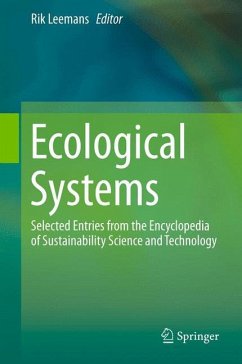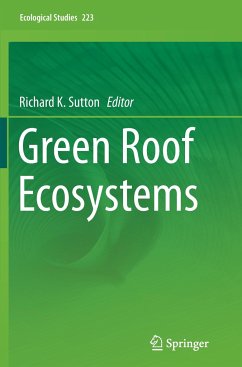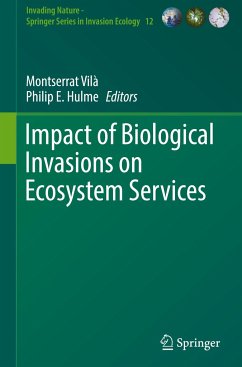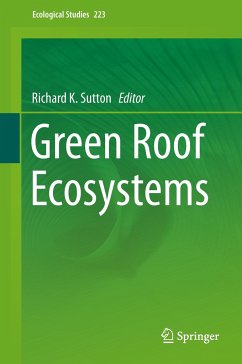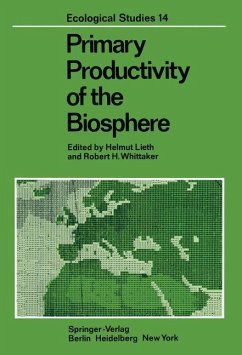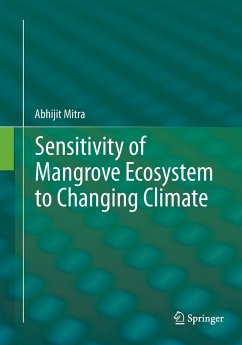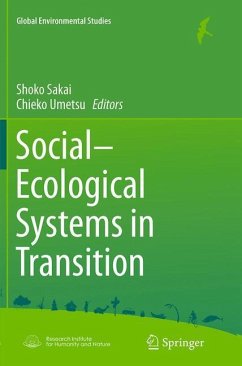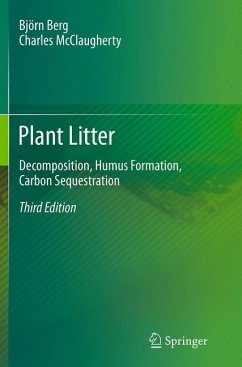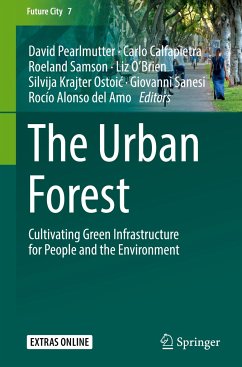
Recarbonization of the Biosphere
Ecosystems and the Global Carbon Cycle
Herausgegeben: Lal, Rattan; Lorenz, Klaus; Hüttl, Reinhard F.; Schneider, Bernd Uwe; Braun, Joachim von
Versandkostenfrei!
Versandfertig in 6-10 Tagen
151,99 €
inkl. MwSt.

PAYBACK Punkte
76 °P sammeln!
Human activities are significantly modifying the natural global carbon (C) cycles, and concomitantly influence climate, ecosystems, and state and function of the Earth system. Ever increasing amounts of carbon dioxide (CO2) are added to the atmosphere by fossil fuel combustion but the biosphere is a potential C sink. Thus, a comprehensive understanding of C cycling in the biosphere is crucial for identifying and managing biospheric C sinks. Ecosystems with large C stocks which must be protected and sustainably managed are wetlands, peatlands, tropical rainforests, tropical savannas, grasslands...
Human activities are significantly modifying the natural global carbon (C) cycles, and concomitantly influence climate, ecosystems, and state and function of the Earth system. Ever increasing amounts of carbon dioxide (CO2) are added to the atmosphere by fossil fuel combustion but the biosphere is a potential C sink. Thus, a comprehensive understanding of C cycling in the biosphere is crucial for identifying and managing biospheric C sinks. Ecosystems with large C stocks which must be protected and sustainably managed are wetlands, peatlands, tropical rainforests, tropical savannas, grasslands, degraded/desertified lands, agricultural lands, and urban lands. However, land-based sinks require long-term management and a protection strategy because C stocks grow with a progressive improvement in ecosystem health.



